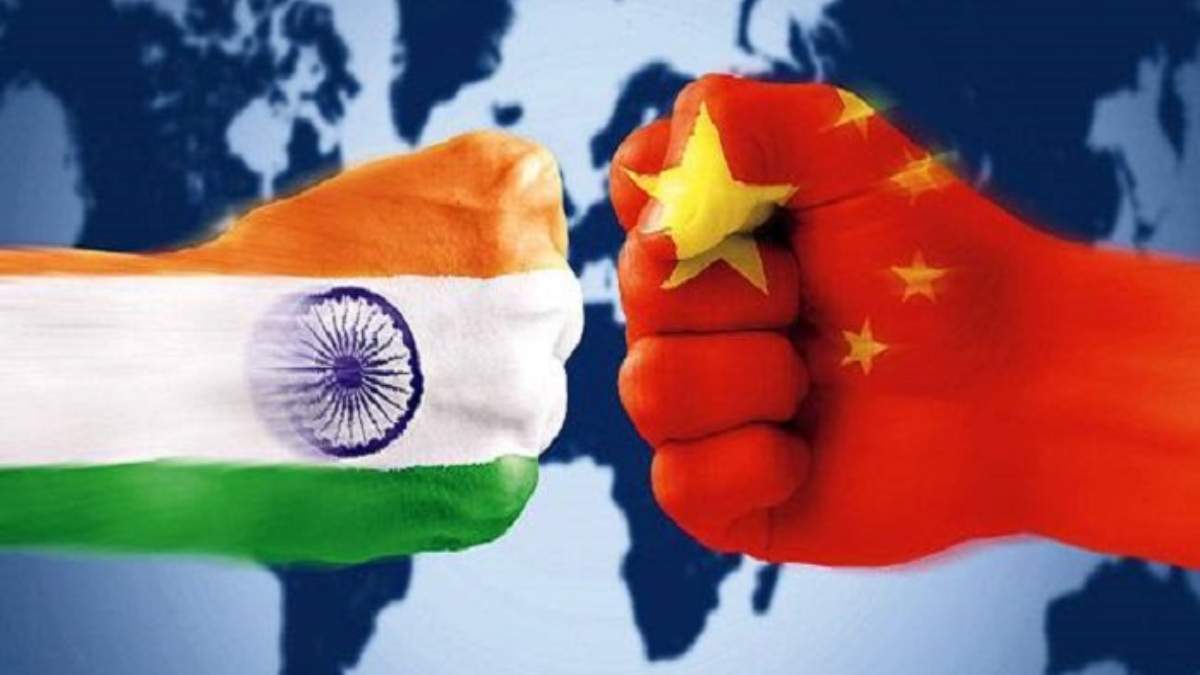
India’s growing global stature is giving sleepless nights to its neighbours, hence some occasional disturbances to rattle New Delhi’s calm is natural. After Nepal raised the map row with India, threatening New Delhi’s long-standing diplomatic ties with the Himalayan nation, now it is Pakistan’s turn to prick India. On Friday, Pakistan presented a new political map reasserting its claim to Jammu & Kashmir, minus the parts claimed by China, something which leaves no doubt that actually who’s is behind all this. From Kathmandu to Islamabad, it’s Beijing’s fast growing insecurity against New Delhi and its uneasiness at the thought of fighting a two-front war – one with India at the border and another a full-scale one with the US-led coalition in the South China Sea. Although Beijing has got into this position, where it’s fast losing its Asian giant tag and friendly nations now shifting loyalties, and is trying to play the same on India by “unsettling New Delhi’s multi-polar diplomacy dividends”. China is using its pawns — Pakistan and Nepal — to keep India “disturbed and diverted” from major issues, so much so that many in Asian media are anticipating that New Delhi “may be forced to face a two-front war”. A latest opinion piece in the South China Morning Post feared “such a situation coming for India, despite a lack of evidence that such a move is in the works”.
India has rightly maintained the cool nerves, while it has spelt out its tough resolve against Beijing’s arbitrary expansionist agenda and hinted that it won’t budge and bow. It doesn’t need to feel disturbed as the great warriors plan the war much in advance; it’s time for New Delhi to be prepared for any eventuality, given that you are surrounded by two rogue nations — China and Pakistan.
Islamabad’s release of the map is the latest in a series of conflicts born from cartography, which broke out in the Himalayas since May — from a deadly scuffle between Indian and Chinese soldiers in mid-June to a war of words with Kathmandu. Pakistan’s new map also comes on the first anniversary of the day India changed the status of Kashmir, much to the discomfort of Islamabad and Beijing.
These occasional rattling and raising of issues by China and Pakistan, along with smaller nations crucial to India like Nepal, will become a norm for which India must be prepared with “surgical diplomacy” to counter such threats.
It is to be noted that China has not taken the “humiliation of Galwan valley” lightly. On the lines of the US-led Quad, Beijing reportedly hosted a first ever quadrilateral meeting with foreign ministers from Pakistan, Nepal and Afghanistan to step up its influence in South Asia amid unresolved border friction with India. Additionally, Beijing is also trying to leverage India cosying up to the US for future energy deals by getting close to Tehran. It is learnt that Beijing plans to pour $400 billion into infrastructure investment in Iran as part of a 25-year e c o n o m i c a n d s e c u r it y partnership. The report, which found its mention in The New York Times on 11 July, citing an 18-page leaked document on the plan, was however neither denied nor confirmed by China. But the global experts have not ruled out the possibility with strong intelligence now about China getting closer to countries that have direct links to India’s strategic affairs and diplomacy.
India is being watched globally and this is the time when it needs to open its diplomatic channels in the most productive manner. It must reach out to maximum nations worldwide, and be watchful and ready to take tough action against rogue nations.